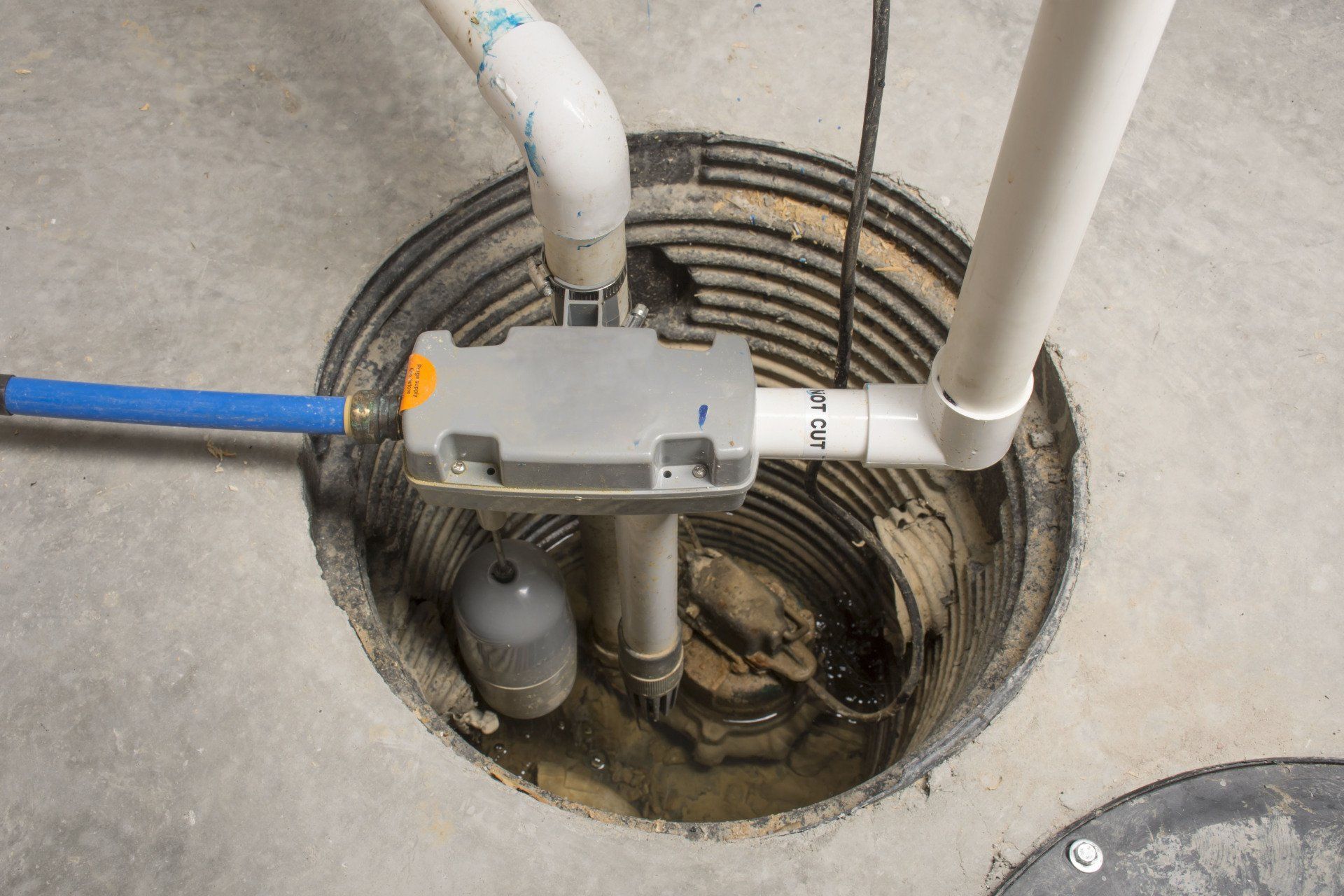Serving Baltimore City, Baltimore, Harford, and
Howard Counties, MD
The Importance of Sump Pumps
The Unsung Hero of Your Basement

The Unsung Hero of Your Basement: A Comprehensive Guide to Sump Pumps
Introduction:
Your basement may not be the most glamorous part of your home, but it plays a vital role in your property's overall health and functionality. One crucial element that often goes unnoticed until disaster strikes is the sump pump. If you're unfamiliar with sump pumps or want to learn more about their importance, you've come to the right place. In this blog post, we'll explore everything you need to know about sump pumps, from their purpose and types to maintenance tips and why they are a homeowner's best friend.
What is a Sump Pump?
A sump pump is a small yet powerful device designed to prevent water from accumulating in your basement or crawl space. It's typically installed in a pit or sump basin below the ground level of your home. When water enters this pit, the sump pump activates, pumping the water away from your home's foundation and into a designated drainage system, such as a storm drain or a dry well.
The Importance of Sump Pumps:
- Flood Prevention: One of the primary purposes of a sump pump is to prevent basement flooding. Heavy rainfall, melting snow, or plumbing issues can lead to excess water in your basement. Without a sump pump, this can cause structural damage, mold growth, and damage to your possessions.
- Foundation Protection: Excess moisture around your home's foundation can lead to cracks and structural instability. A sump pump keeps your foundation dry and intact, potentially saving you from costly repairs down the road.
- Mold and Mildew Prevention: A damp, wet basement is a breeding ground for mold and mildew. Sump pumps help maintain a dry environment, reducing the risk of these health hazards.
Types of Sump Pumps:
- Submersible Sump Pumps: These are installed within the sump pit and operate underwater. They are more discreet and quieter but tend to be slightly more expensive.
- Pedestal Sump Pumps: These sit above the sump pit and are less expensive than submersible pumps. They are easier to maintain but may be noisier.
- Battery Backup Sump Pumps: These provide an additional layer of protection in case of power outages, ensuring your sump pump continues to work when you need it most.
Sump Pump Maintenance Tips:
- Regular Testing: Test your sump pump at least once a year by pouring water into the pit. Ensure it activates and pumps the water away efficiently.
- Clean the Pit: Remove debris and sediment from the sump pit to prevent clogs and ensure the pump's efficient operation.
- Check the Discharge Pipe: Ensure the discharge pipe is free from obstructions and directs water away from your home's foundation.
- Battery Backup Maintenance: If you have a battery backup sump pump, check the battery regularly and replace it as needed.
Conclusion:
In the world of home maintenance and protection, sump pumps are unsung heroes that work silently to keep your basement dry and your home safe. They are a valuable investment that can save you from costly repairs and the stress of dealing with basement floods. By understanding their purpose, types, and maintenance requirements, you can ensure your sump pump continues to be a reliable guardian of your home's foundation and your peace of mind.
Are you interested in
- Upfront Pricing
- Personalized Options
- Outstanding Customer Service
Ask about our Easy Financing Options
VISIT US
HOURS
HOURS
Hours:








Share On: